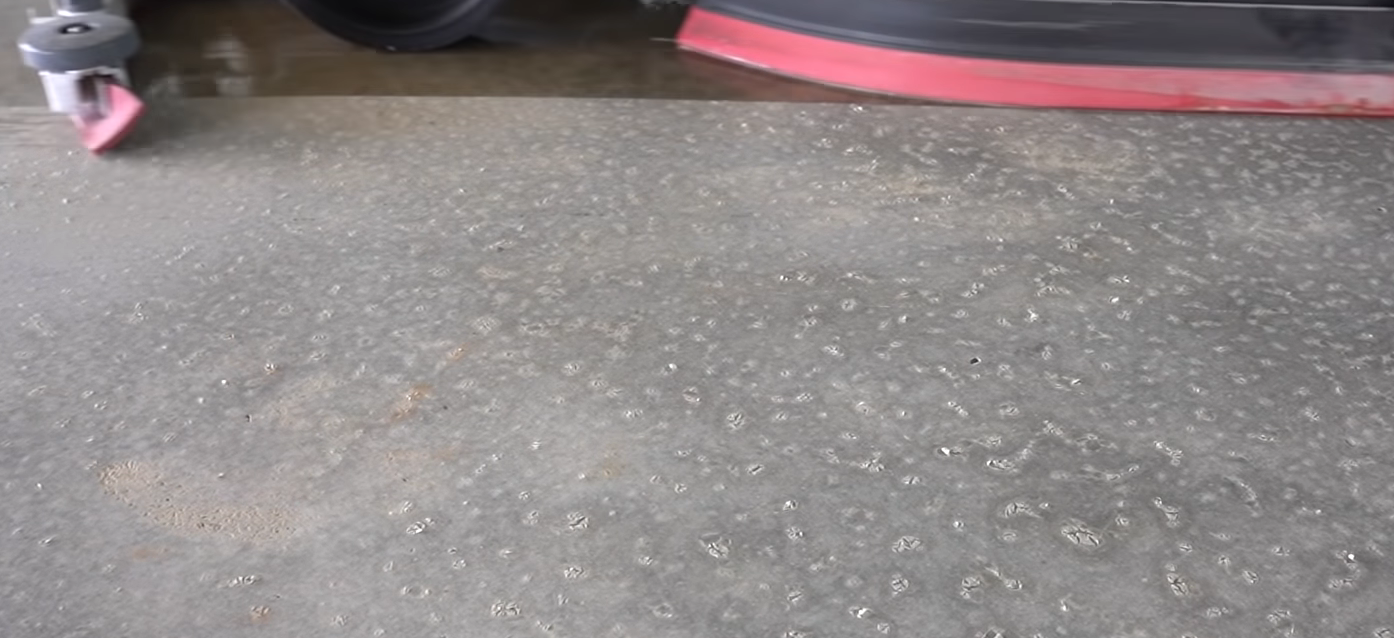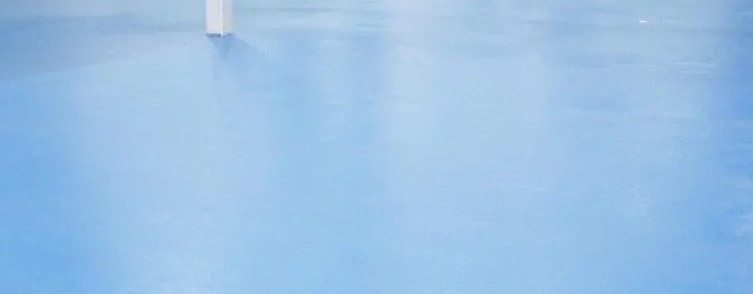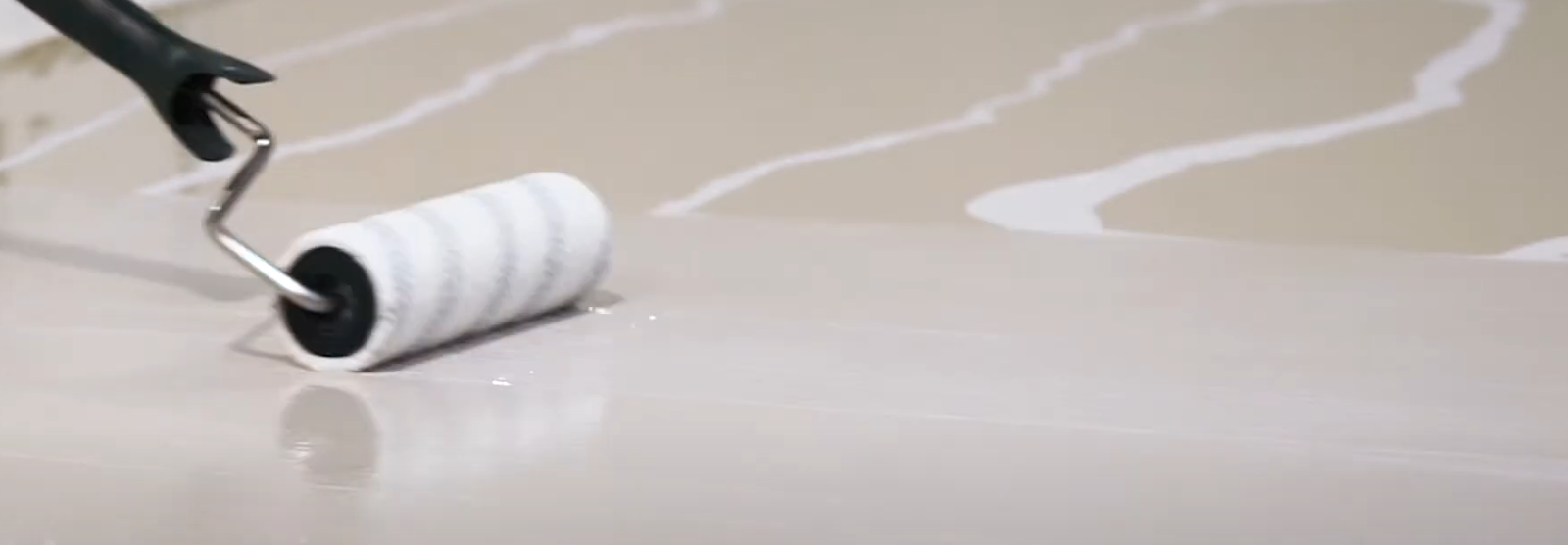Preparation and types of substrates floor
Substrates for polymer systems can be
Our flooring types are self-leveling, so the floor surface must be flat enough to prevent the material from flowing over. The most effective methods of surface treatment are sand blasting, steel shot, high pressure water jetting, and the use of grinders. Surface defects after treatment: cracks, holes, irregularities must be puttied with a special repair compound. Polymer-bonded fillers are most suitable for this purpose. To improve the quality of the resulting coating, the substrate must be grinded in case of significant irregularities. Thixotropic additives (e.g. Aerosil) should be used when applying to surfaces with large angles of incline and vertical surfaces.
- concrete;
- cement screed;
- steel;
- asphalt;
- wood;
Priming of porous substrates is mandatory, as this is the stage of substrate preparation that determines the quality of the coating. Priming is particularly important before the application of thick coatings. It is not possible to achieve a quality coating without air bubbles and pores without the pores of the substrate being completely closed. Cement screed and reinforced concrete. These substrates are porous and highly absorbent, so they need pore sealing and surface hardening.
Concrete bases must be cured for 28 days, cement-sand and polymer-cement screeds must be cured until they are firm and dry to a residual moisture content of max. 4 wt.%. The surfaces to be coated must comply with SNiP 2.03.13-88. This means that the surface of the base must be dry, strong, rough, free of lime (cement) milk, dust, grease and other substances that reduce adhesion. Tensile strength of the prepared concrete base must be at least 1.5 N/mm2 (1.5 MPa). The compressive strength of the substrate must be at least 20 MPa (M 200).
The moisture content of the concrete substrate must not exceed 4 wt.%. The moisture content of the concrete substrate prior to coating must be controlled by means of special devices. Before the material is applied, the surface must be cleaned with an industrial hoover; if water is used, it must be thoroughly removed from the pores and the substrate must be dried. Depending on the quality and porosity of the substrate, different types of primers must be used. Do not allow dust to settle on the primed surface after the primer has been applied. High-strength, specially compacted concrete, e.g. vacuum-reinforced concrete with or without reinforcing agents, requires special priming. Priming wet substrates is in any case highly undesirable, as this will result in residual moisture in the substrate. Primer with a dry quartz sand sprinkling should be used for priming substrates with high humidity. The primer must protect the coating from substrate moisture. Before applying the finish coat, always carry out a test application and make sure that moisture in the substrate does not affect the quality of the finish coat. Otherwise, repeat the priming.




Comments
Post a Comment